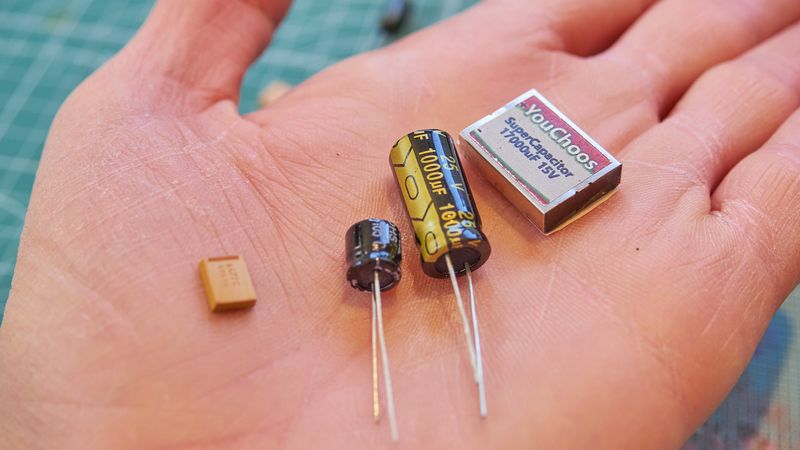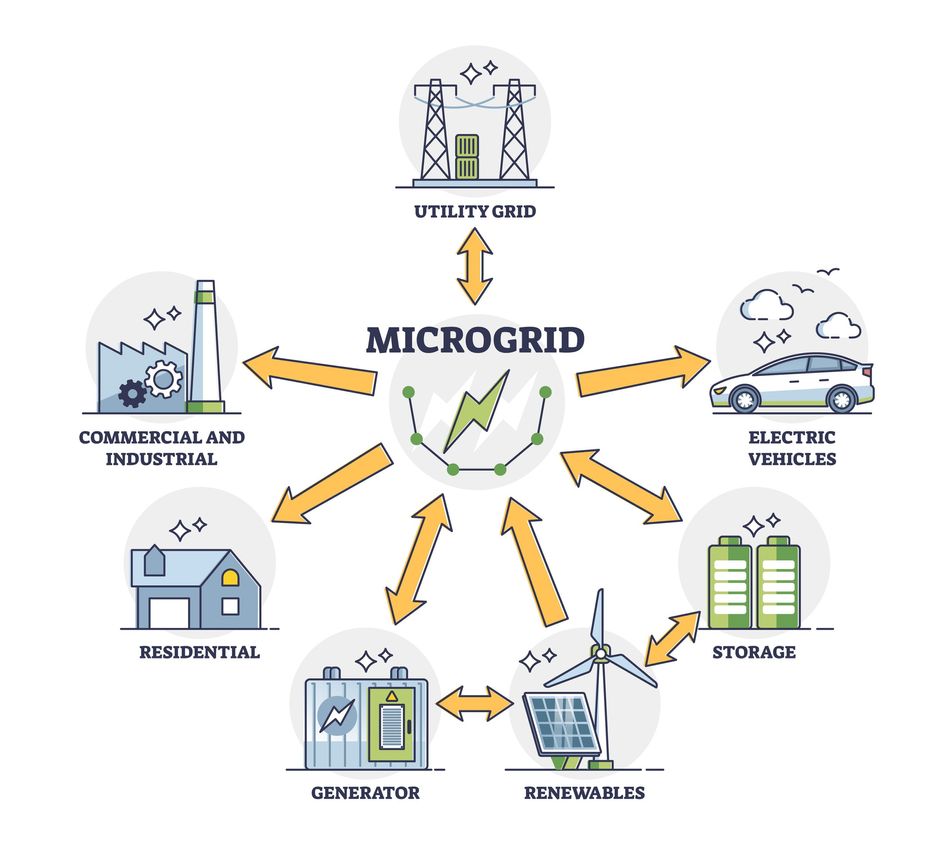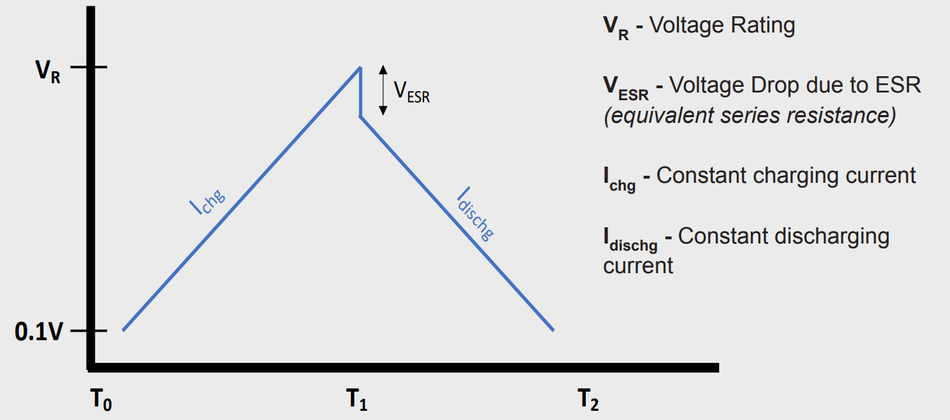Unleashing the Potential of Supercapacitors in Hybrid Systems
Batteries have limitations like slow charging, limited lifespan, and restricted power output. This is where supercapacitors, also known as ultracapacitors or electric double-layer capacitors (EDLCs), step in.

Photo by James Petts from flickr
This article was first published on
www.capacitechenergy.comFrom powering electronic devices, to electric vehicles and renewable energy systems, the use of batteries as an energy storage solution has been prevalent. However, batteries have limitations like slow charging, limited lifespan, and restricted power output. This is where supercapacitors, also known as ultracapacitors or electric double-layer capacitors (EDLCs), step in.
Supercapacitor Characteristics
To understand how supercapacitors can enhance batteries, it helps to understand what they do and how they work. There are several factors that need to be taken into consideration, including the application requirements.
Considerations Based on Application Requirements
First, determine the required capacitance for the application. The capacitance of the supercapacitors needed to complement the batteries will depend on the specific application requirements, such as the required power output, charge/discharge times, and energy density. This can be calculated using the formula:
C = (I x t) / ΔV
Where C is the capacitance in Farads, I is the current in amps, t is the time in seconds, and ΔV is the voltage drop during discharge.
Then, choose the appropriate supercapacitor voltage rating. The voltage rating of the supercapacitor should be chosen to be at least as high as the maximum battery voltage. This must be done to avoid overvoltage conditions that can damage the supercapacitor.
Finally, consider the equivalent series resistance (ESR). The ESR of the supercapacitor can affect the overall system efficiency and power delivery. Lower ESR values generally provide better performance, but at a higher cost.
External Component Considerations
It is necessary to include high power balancing circuits. Balancing circuits can be added to ensure that each supercapacitor is charged and discharged evenly, preventing overvoltage or undervoltage conditions that can damage the supercapacitor or decrease its performance. Since supercapacitors operate at high current levels compared to batteries, it is important the balancing system can operate (correct voltage imbalances) at high current levels too.
It is important to note that the electrical sizing and connection of supercapacitors and batteries will vary depending on the specific application and system requirements. It is recommended to consult with an expert or refer to the manufacturer's guidelines to ensure the best performance and safety of the system.
Why Can Supercapacitors Complement Batteries?
Supercapacitors can supply or absorb high current peaks. This allows the supercapacitor to take some of the load off the battery, improving its performance and reducing its wear and tear.
Supercapacitors can also store and release energy much faster than conventional batteries. They function by storing electrical charge on the surface of specialized electrodes, typically made of materials like activated carbon. This design enables supercapacitors to deliver rapid bursts of high-power output, making them well-suited for applications requiring quick energy delivery, like regenerative braking in electric vehicles.
This is a key advantage of supercapacitors. While batteries can take hours to charge fully, supercapacitors can achieve this in just seconds to minutes. This swift charging ability enables supercapacitors to provide a rapid energy boost to batteries, reducing overall charging time.
Moreover, supercapacitors can extend the lifespan of batteries. Since batteries have a finite number of charge-discharge cycles before deterioration, supercapacitors can absorb some excess energy during high-power cycles. This reduces stress on the battery, prolonging its lifespan and reducing the need for frequent replacements.
While not every application requires the use of supercapacitors they can be a valuable addition, particularly in scenarios where battery system performance needs optimization. This includes a variety of applications include e-mobility (bikes, cars, trucks, boats, and planes), renewable energy, telecom, and robotics.
Renewable Application: Microgrids

Renewable energy microgrids have rapidly gained interest as the demand for resilient energy systems have increased. These microgrids have typically included battery energy storage systems which are great for long duration storage, but they have a difficult time with dynamic situations. For example, the transient inrush currents from connecting a transformer, which could cause circuit breakers or protection circuits to trip. Another example is the instantaneous power draw of many electric vehicles plugging into the microgrid at once may be more power than a battery system alone can handle, potentially causing a brownout. What these microgrids need is a hybrid system, where long duration is handled by batteries, and short bursts of power are provided by power dense technologies, like supercapacitors.
A supercapacitor’s ability to rapidly charge and discharge is beneficial in instances where renewables on the microgrid experience short fluctuations due to weather conditions (clouds passing over solar panels, for example). By having the supercapacitor provide the short bursts of power necessary to ride through these fluctuations, the batteries are protected from unnecessary cycling. This not only enhances the lifespan of the battery, but also contributes to long-term cost savings by minimizing the need for frequent battery replacements.
Conclusion
Supercapacitors are a valuable complement to batteries, enhancing their performance by providing high-power output, rapid charging, and extended lifespan, making them particularly useful in applications like renewable energy systems. In applications with dynamic power fluctuations, a battery-supercapacitor hybrid energy storage system is recommended to optimize performance and efficiency.
